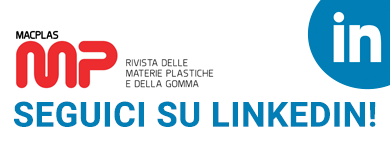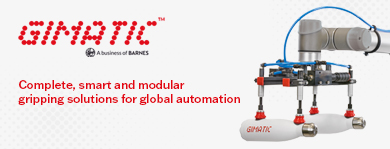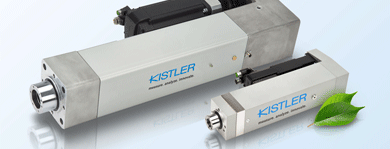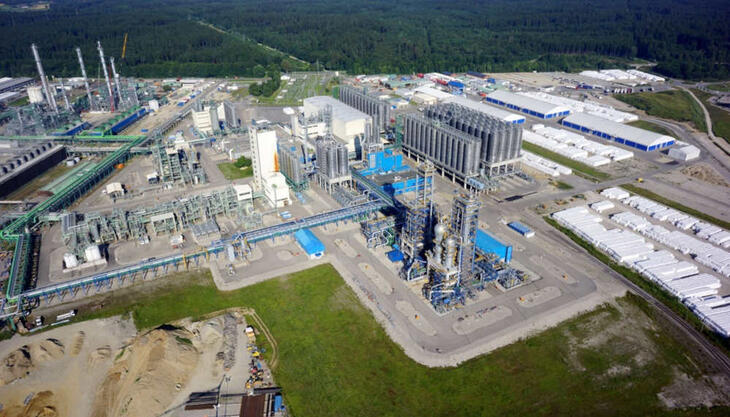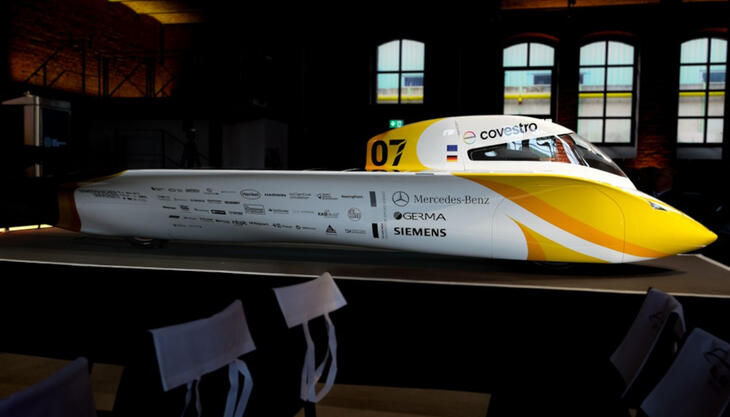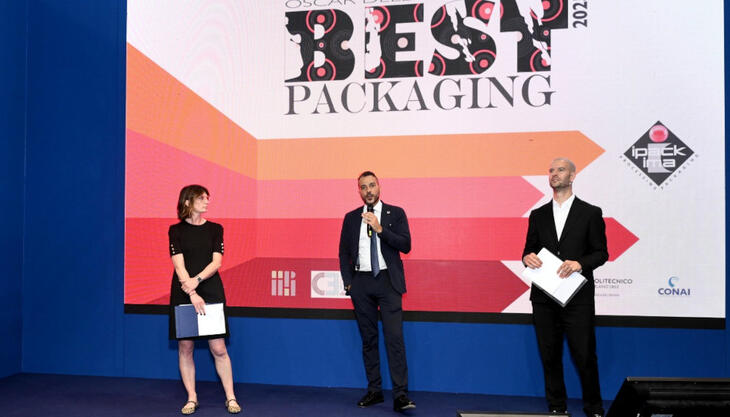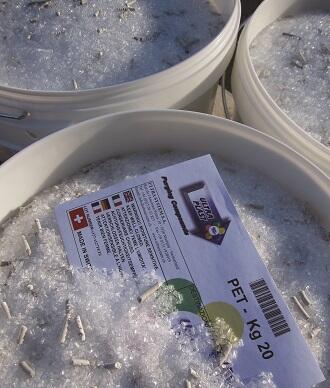
All polymers are generated from hydrocarbons or their derivatives, either originating from crude oil or biological sources such as cellulose, fatty acids or other sources. The chemical bonds on which a polymer is based, are very strong and stable during time. Polymers have a long-lasting life, are weather resistant and extremely strong: they can be found almost everywhere in daily life under form of different objects. But unfortunately they have a very low degree of biodegradability and consequently a remarkable environmental impact. Due to this fact it is very important that polymers are either recycled and re-used when waste or reduced to a minimum quantity. It is also important to change as few as possible virgin polymers into waste material without having completed the function for which they are processed. A polymer cannot be recycled infinitively, particularly PET recycling includes regradation too. But if production becomes waste before entering the end user markets, these polymers must be recycled in a correct manner. During a colour change from a dark colour to a clear one, the first shots of processed parts have the so-called “stripes”, or other kinds of pollutions originating from the previous production. If we consider that a certain first choice virgin material has a price (X), a certain electric energy quantity (E) has been used for its production, machine and operator time (T) employed, as well as a regranulation and/or regradation time (Tr) and an energy quantity for its regranulation/regradation (Er), in order to obtain a final product decreased by value (Xr) compared to the initial product price, we can observe a time and capital loss (Ls - loss due to scraps) which can be quantified as follows:
Ls = X+E+T+Er+Tr-Xr
From this equation we can deduce that there are three different manners to reduce the production costs: 1) reduce waste production; 2) increase production duration; 3) improve the regeneration process for scraps. The best way to reduce the production costs is point 1 as it is not always possible to act on points 2 or 3. Thanks to modern purging compounds it is possible to reduce from 2 to 200 times the waste production during colour change. The higher is the efficiency of the purging compound the lower will be the consumption of material for the scrap. Marketed by Ultra System (stand B101, hall 22 at Plast 2018), the grades Ultra Plast PET-C, PET-CS, and PAC (for barrier material) for PET items , PO-C and PO-CS for caps and PE/PP bottles as well as POE-CS for film/foil production, can help considerably in reducing waste production. Last but not least, all these purging compounds are FDA and food approved (CE 10/2011) and can be recycled.






